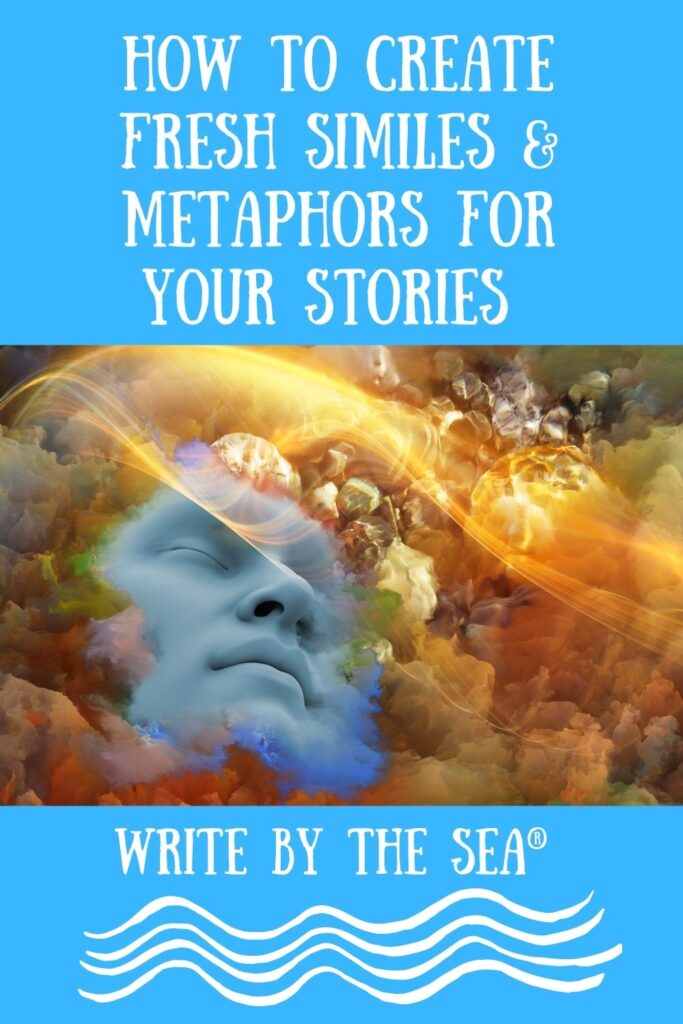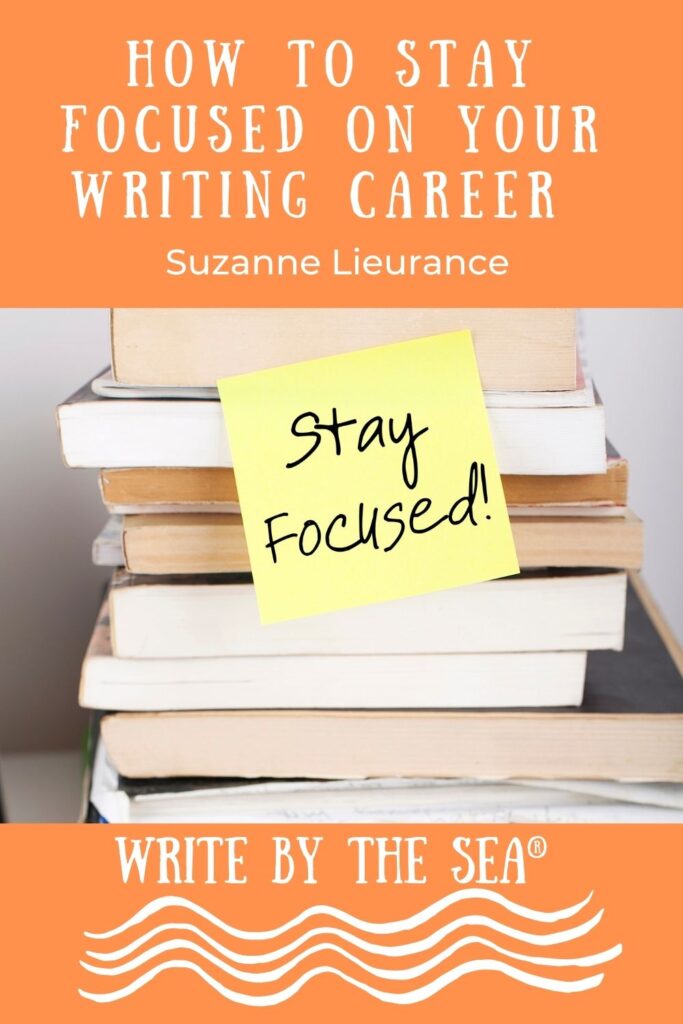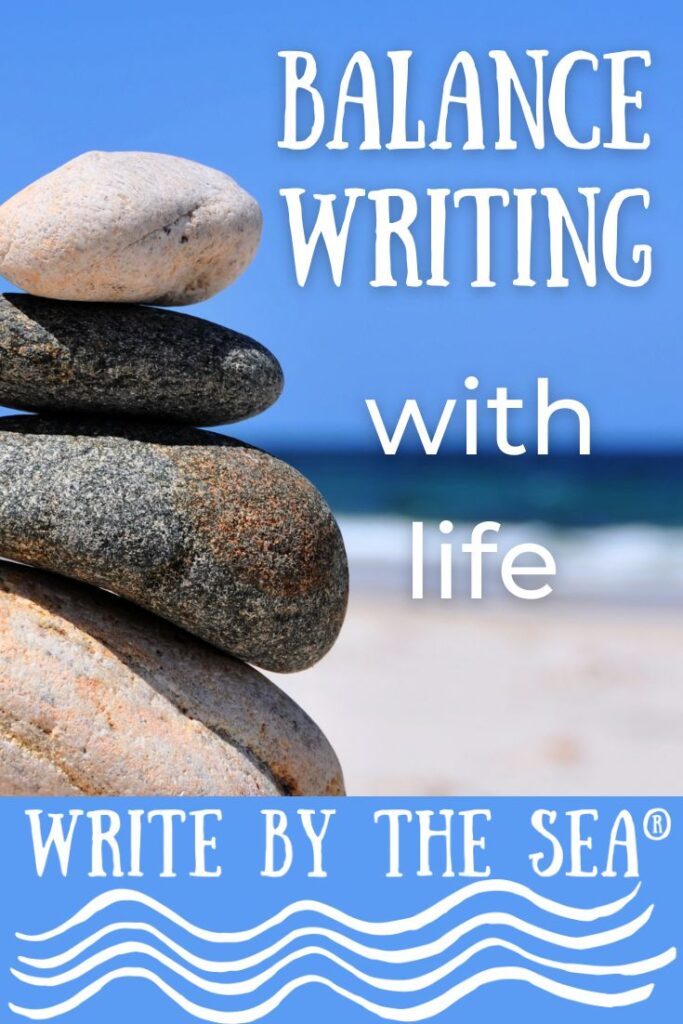
Editors hate seeing the same tired, old similes and metaphors.
They are trite and indicate the writer has been lazy instead of coming up with new ideas.
Creating fresh similes and metaphors can add depth and originality to your writing and please editors and readers alike.
Here are some tips to help you come up with new and imaginative comparisons:
#1. Think Outside the Box.
Avoid common comparisons.
Instead of “busy as a bee,” try to think of something less conventional, like “busy as a spider weaving a web.”
#2. Use Personal Experiences.
Draw from your own life experiences or interests.
If you love hiking, you might compare a challenging task to scaling a mountain.
#3. Combine Unrelated Concepts.
Mix elements from different domains to create surprising and vivid imagery.
For example, “her laughter was like a splash of color in a monochrome world.”
#4. Observe Nature.
Nature offers endless inspiration for similes and metaphors.
Notice the details in your surroundings and use them creatively, like “the river flowed like liquid glass.”
#5. Engage the Senses.
Create comparisons that evoke sensory experiences.
For instance, “his voice was as smooth as velvet” or “the air was as sharp as peppermint.”
#6. Play with Contrasts.
Use contrasting ideas to highlight differences or create striking images.
For example, “her smile was a warm sunbeam on a cold, winter day.”
#7. Explore Emotions.
Link emotions to tangible experiences.
For instance, “he felt as isolated as a lone lighthouse on a stormy night.”
#8. Use Everyday Objects.
Everyday items can provide unique comparisons.
For example, “her thoughts were tangled like the cords of an old pair of headphones.”
#9. Think Abstractly.
Abstract concepts can lead to profound metaphors.
For instance, “time is a thief that steals our moments.”
#10. Read Widely.
Expose yourself to different genres and authors.
This will give you a variety of perspectives and ideas to draw from.
#11. Practice Regularly.
The more you practice, the easier it will become.
Try writing a few similes or metaphors each day.
By incorporating these techniques, you can develop all sorts of fresh and engaging similes and metaphors to enrich your writing.
And here are some books about similes and metaphors you might enjoy:
Similes & Metaphors by Surendra Saha
You’re Toast and Other Metaphors We Adore by Nancy Loewen
Figurative Language: Similes and Metaphors by Kimberly S. Peterson
Now, before you go, if you haven’t subscribed to The Morning Nudge, be sure to do that now, so you get our Law of Attraction Checklist for Writers and free access to our Private Resource Library for Writers, as well as a short email every weekday morning to help you manifest your writing dreams!





